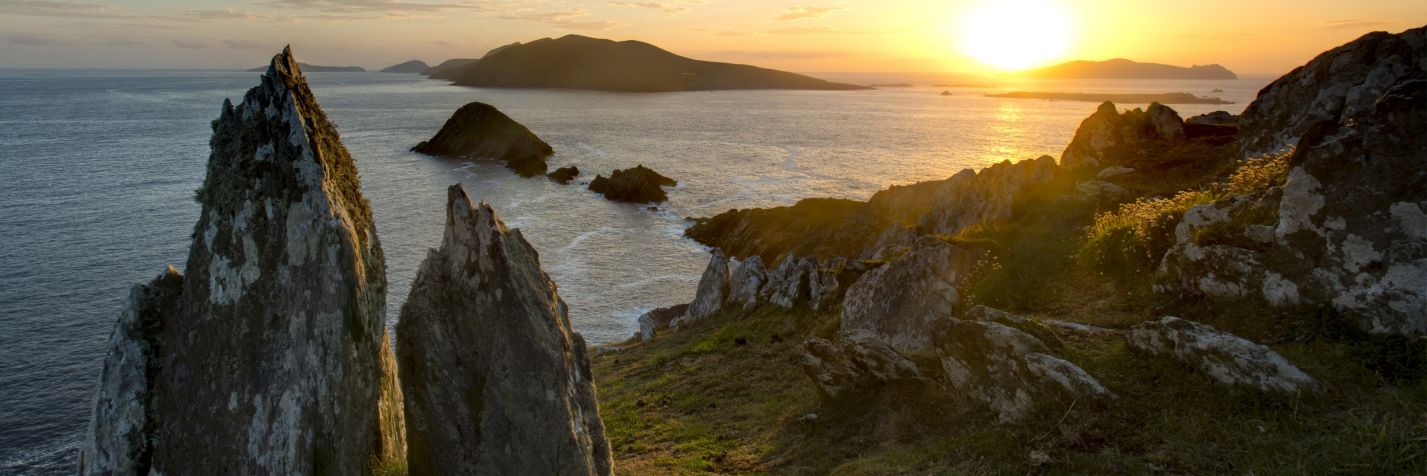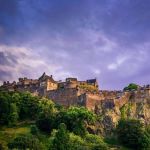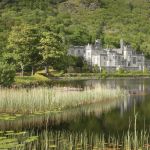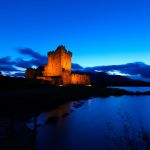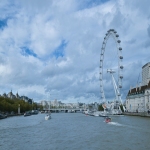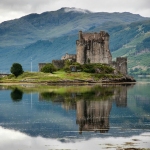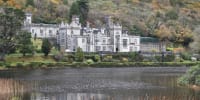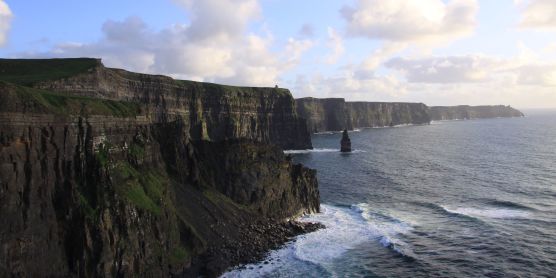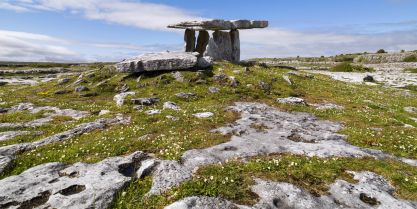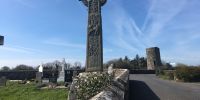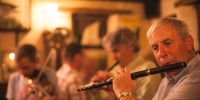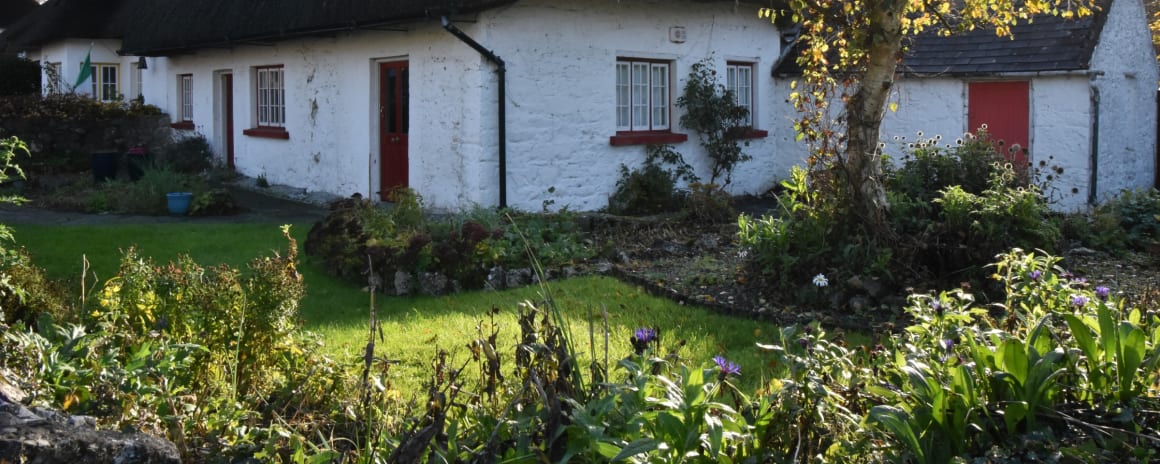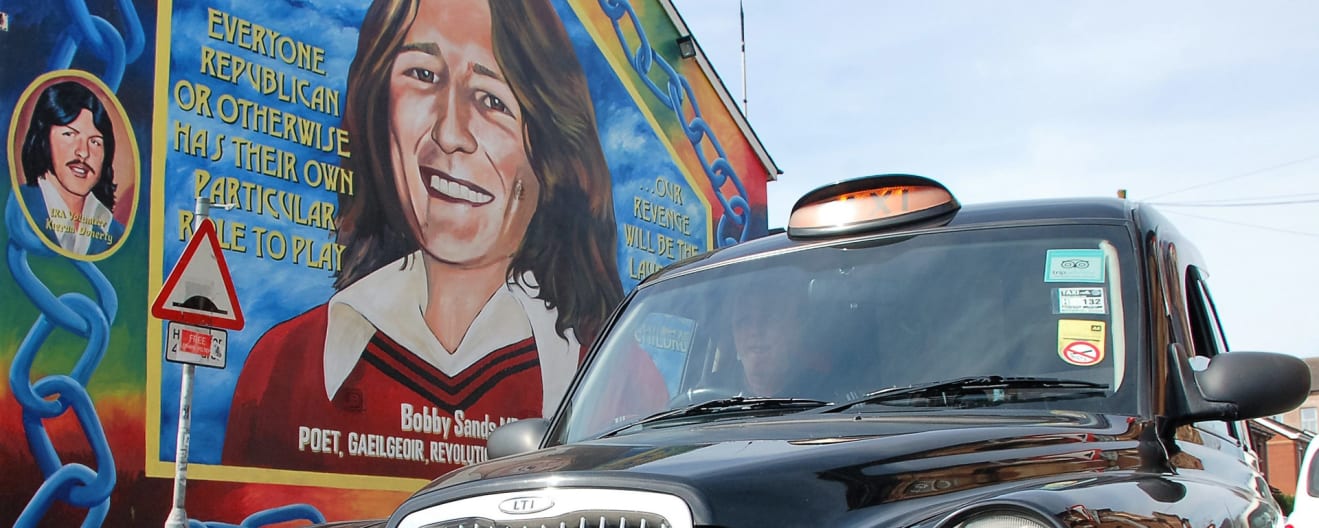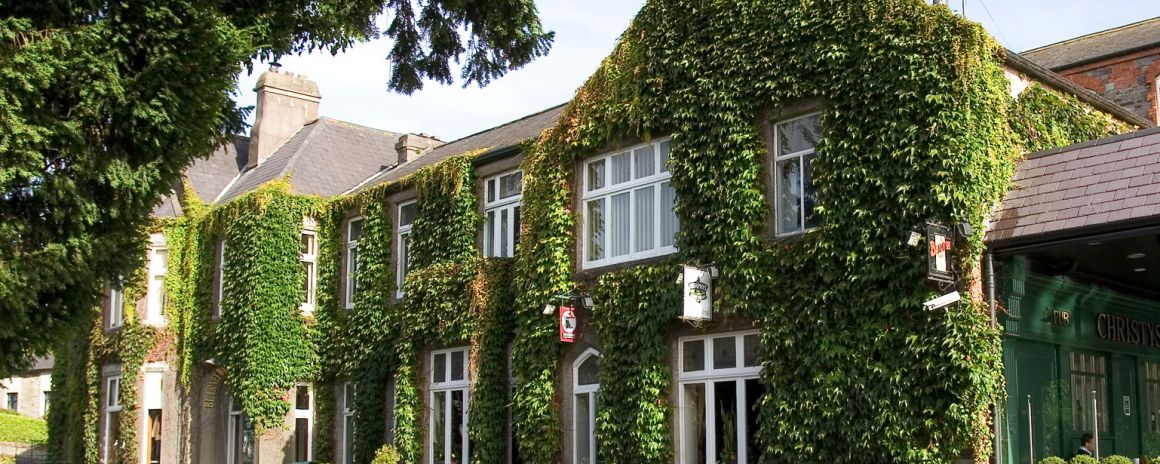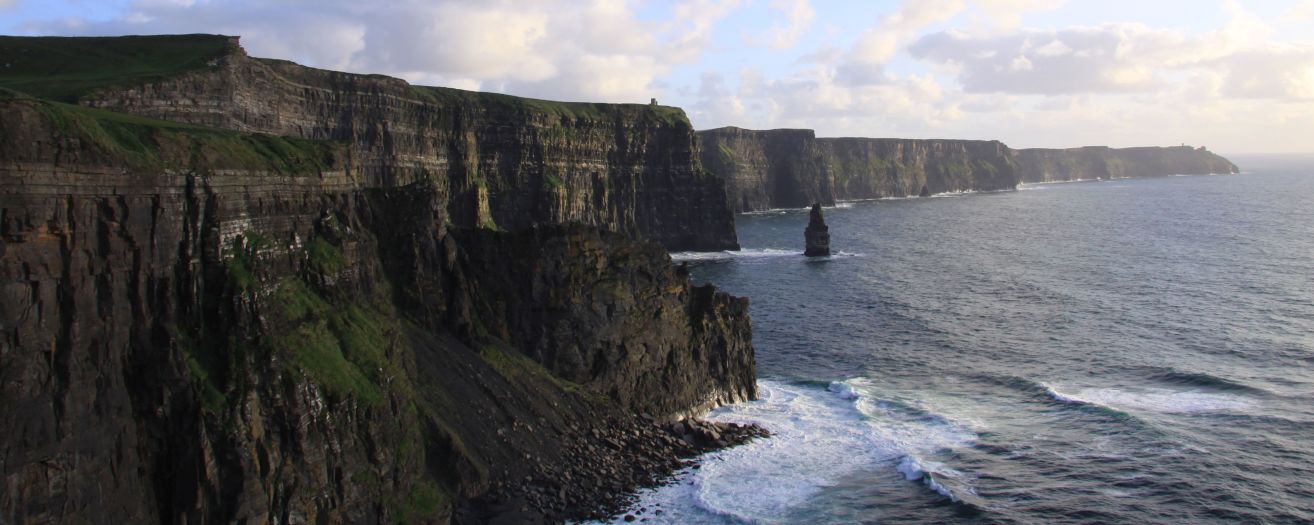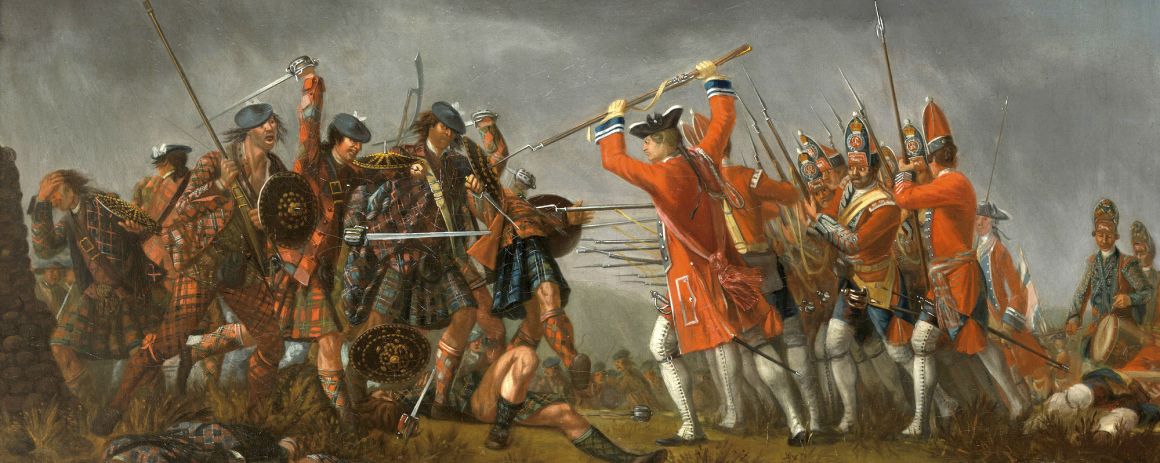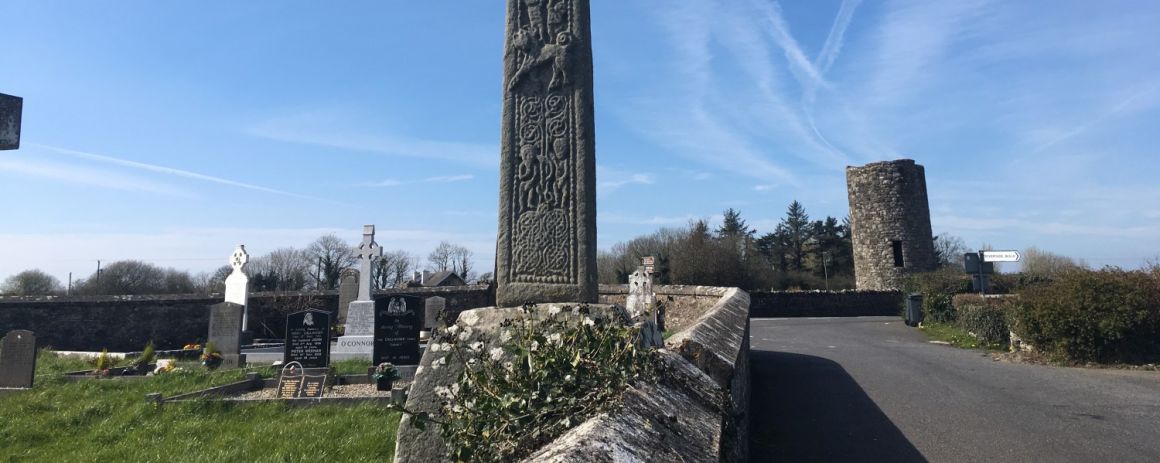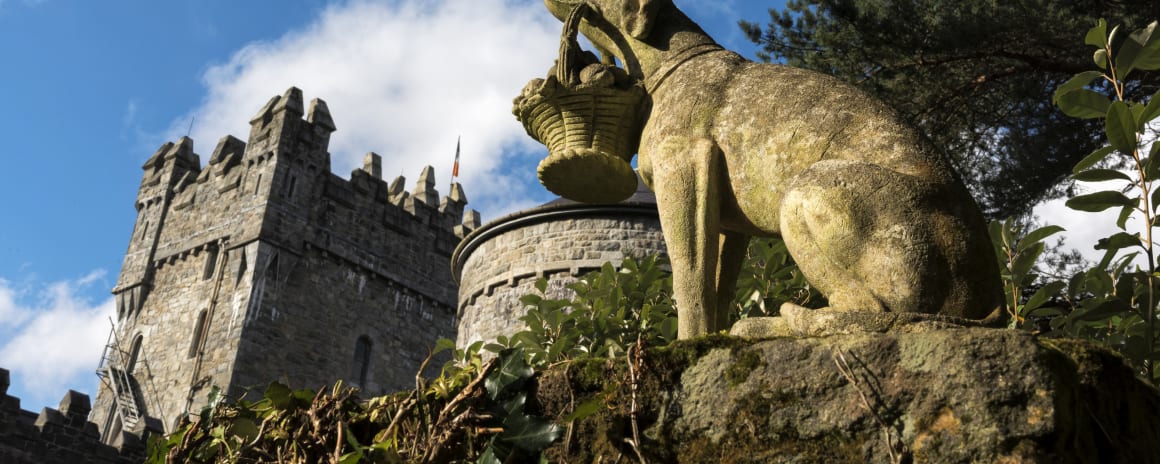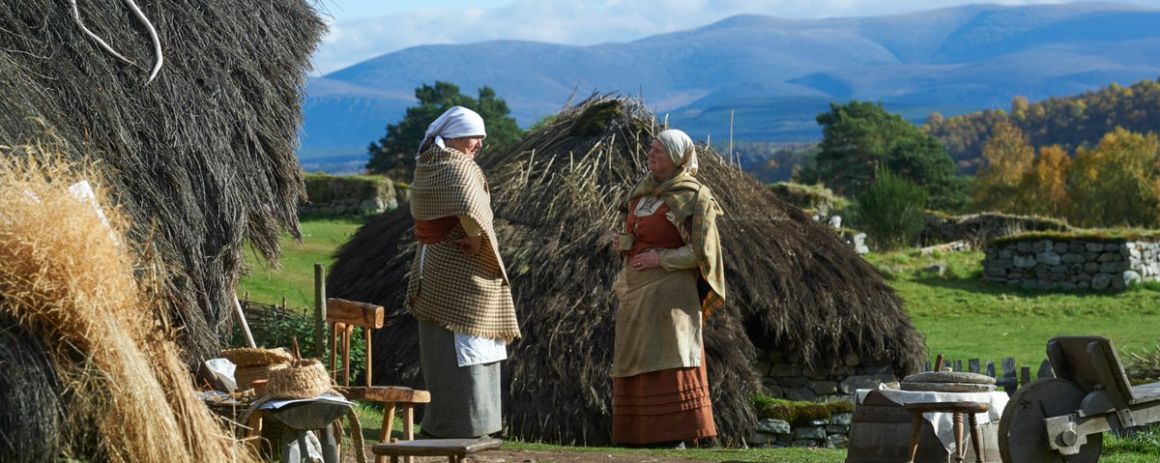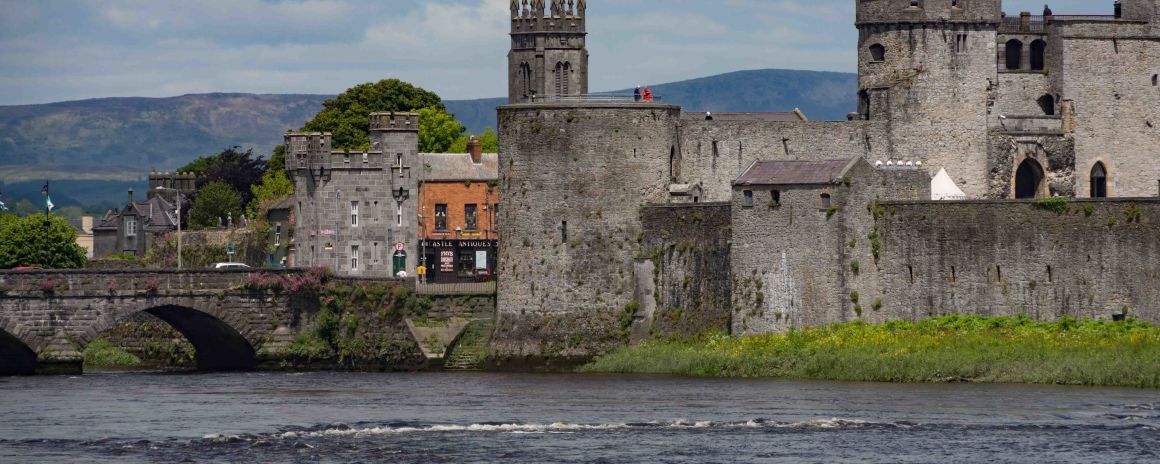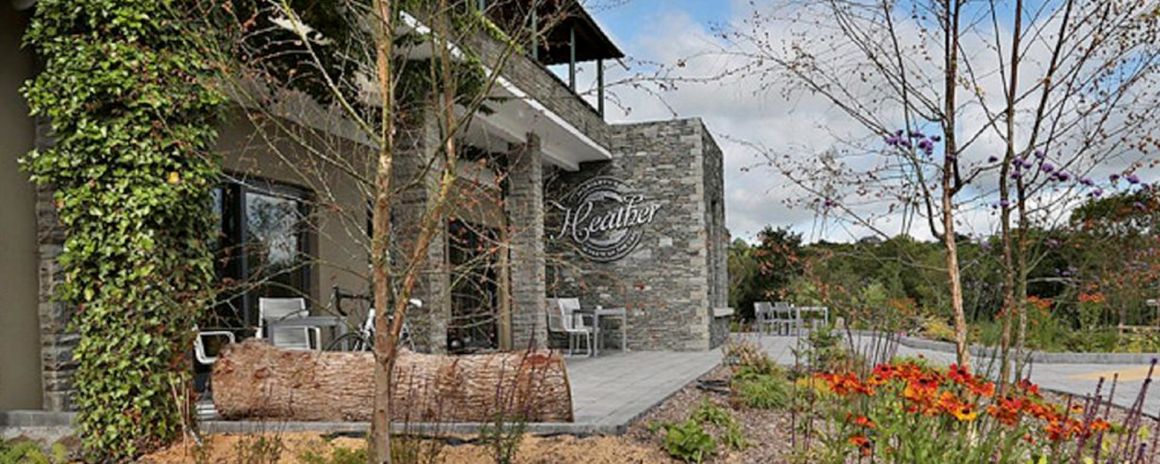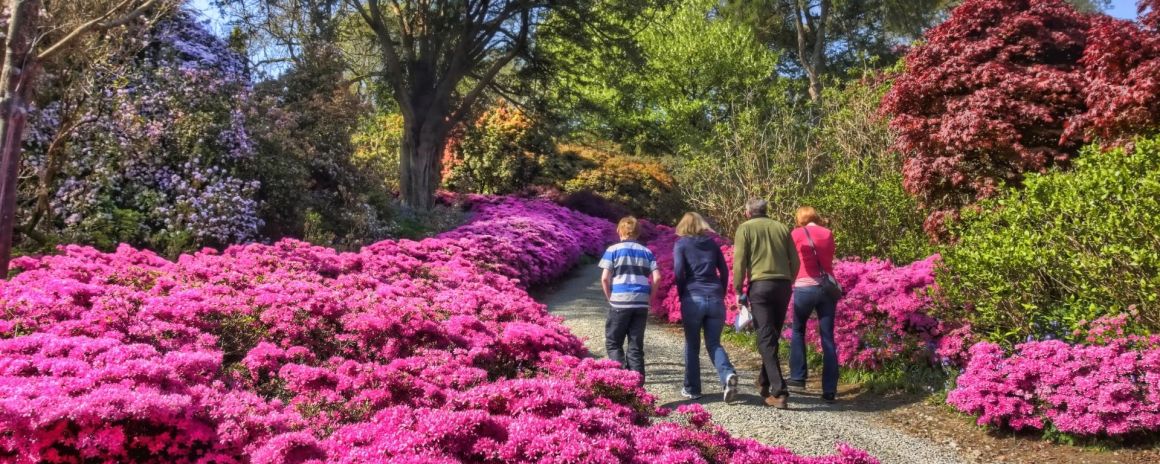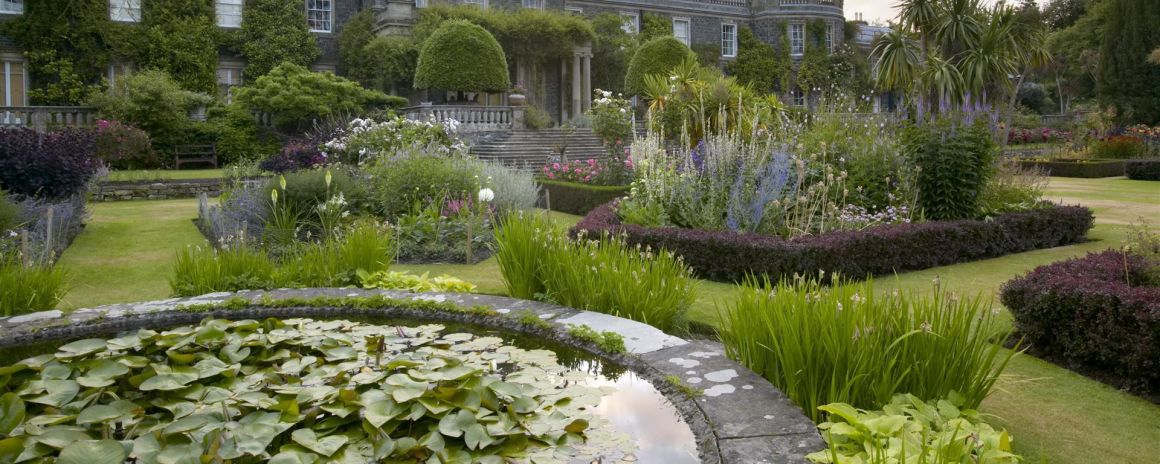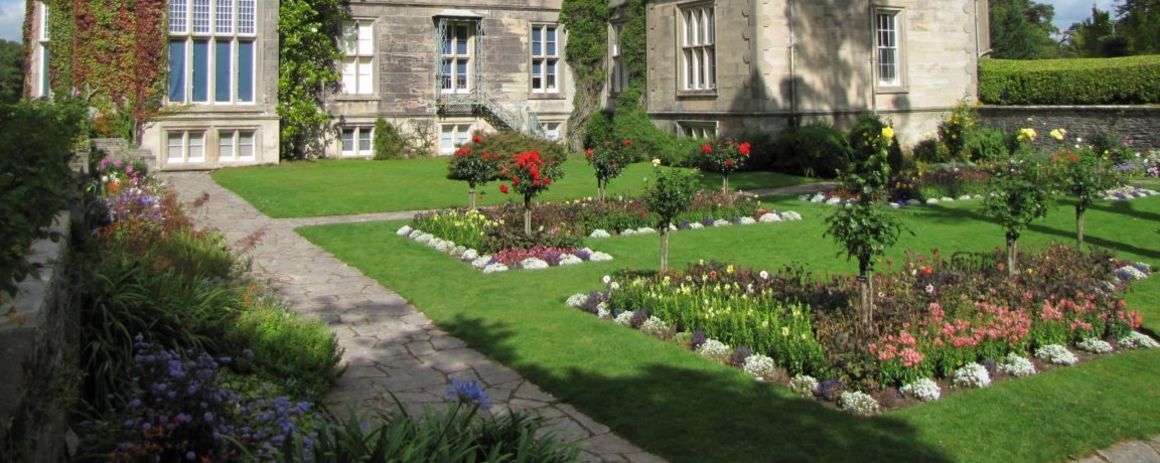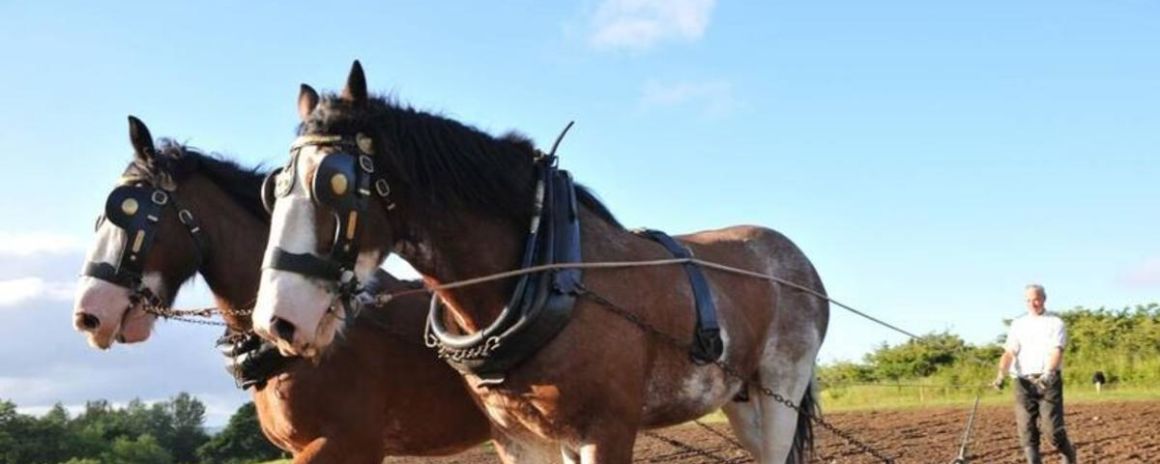- info@myirelandtour.com
- (US / Ca) 011 353 21 237 9006
- (EU) 00 353 21 237 9006
- Home
- Tours
- About
- Travelguide
- Book now
- Contact
Test
2025 Tour Packages
- Discover Britain & Ireland Tour
- 14-Day Iconic Scenes of Ireland
- 9-Day Discover Scotland & Ireland
- 14-Day Discover Scotland & Ireland
- 10-Day Iconic Scenes of Ireland
- 8-Day Iconic Scenes of Ireland
- 6-Day Iconic Scenes of Ireland
- Deluxe Irish Castles Tour
- Ancient Ireland & Scotland Tour
- Ancient Ireland Tour
- Discover Northern Ireland
- See all tours
2026 Tour Packages
- Discover Britain & Ireland Tour
- 14-Day Iconic Scenes of Ireland
- 9-Day Discover Scotland & Ireland
- 14-Day Discover Scotland & Ireland
- 10-Day Iconic Scenes of Ireland
- 8-Day Iconic Scenes of Ireland
- 6-Day Iconic Scenes of Ireland
- Deluxe Irish Castles Tour
- Ancient Ireland & Scotland Tour
- Ancient Ireland Tour
- Discover Northern Ireland
- See all tours
Tours of UK & Ireland

